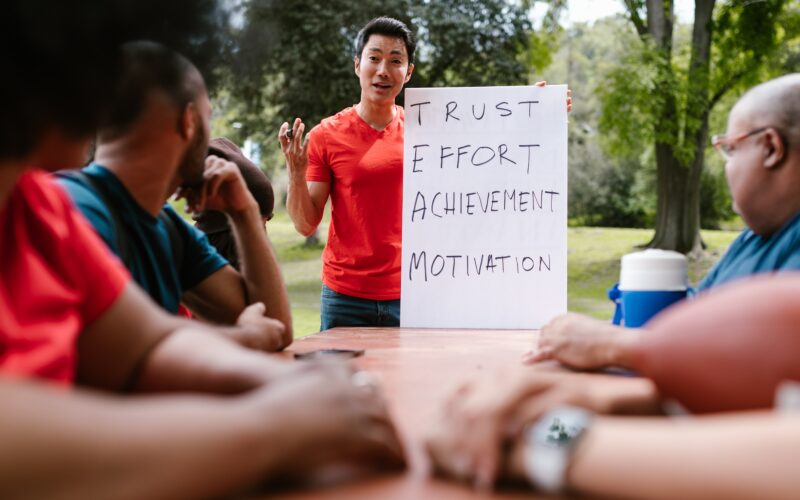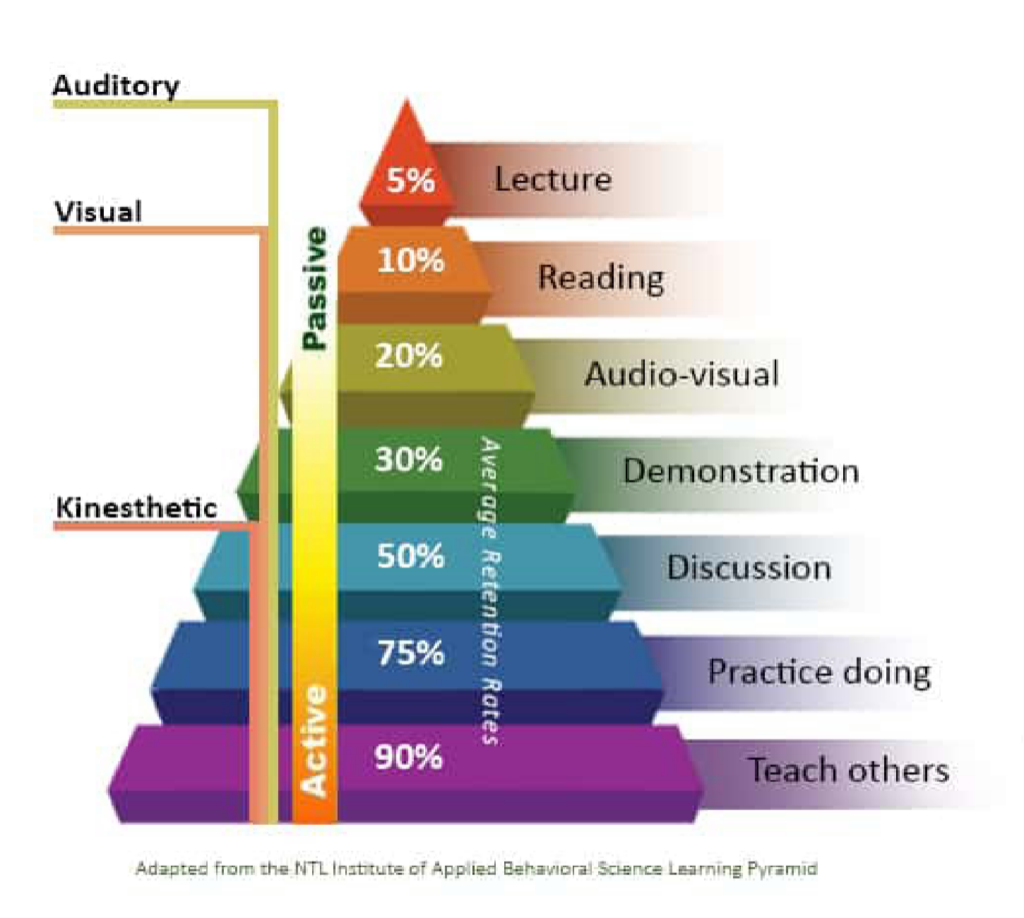In-class Games Help Build Students’ Confidence to be Leaders

by Janet C. Sodell
Anyone who has worked with low literacy adult basic education (ABE) students for a length of time knows that we build self-esteem more than we teach reading. How do we increase students’ self-confidence to start seeing themselves as the leaders we know they are? I inadvertently stumbled upon a solution as I was trying to find yet another way to review a familiar topic . . . again. I didn’t realize how much impact it would have on my students’ leadership skills.
Over the last year and a half, I have introduced different games in classes I teach for the READ Center in Richmond, Virginia. READ serves ABE students reading primarily below the sixth-grade equivalent. As I tried different types of games, I observed how the students reacted, how the games changed the class dynamics, and how the students changed themselves.
This article references several of the games I use in class. READ has added two PDFs to their website with instructions for various games and my presentation “Games and Activities to Elevate Students to Teachers.” This PowerPoint, from the February 2020 Virginia Adult Education & Literacy conference, includes my students’ assessments of the pros and cons of each game, my lessons learned, and suggestions of different subjects that can benefit from the game. You can find these presentations on our website.
The three games that have had the biggest impact on improving my students’ leadership skills are Hot Seat, It Takes Two, and Walk This Way. Hot Seat and It Takes Two require student interaction. Walk This Way can either be played individually or as a whole-class game.
The game Hot Seat tends to get quite boisterous as the team shouts out clues to their teammate in the “hot seat”. It’s a fantastic way to learn soft skills such as listening, not talking over each other, and expressing yourself succinctly. I’ve noticed that whole-class discussions have become calmer, with everyone more likely to wait their turn to share their opinion, and more balanced, with quieter students actively contributing to the discussion. As every student gets a turn on the “hot seat”, the shyer students become more comfortable being in front of a group and projecting their voices.
It Takes Two has empowered students to politely identify when a mistake has been made and they are learning how to ask clarifying questions to help their classmates reach the correct answer. Students are now more likely to independently reach out to a classmate they see struggling and help them reach the answer on their own, rather than just give the struggling student the answer.
When done as a group activity, Walk This Way allows students to step into a leadership role as they organize themselves according to the goal of the game. To prevent more confident students from taking over, I’ll sometimes appoint a quieter student to be the leader. This has giv-en them the opportunity to take a chance they normally wouldn’t have taken on their own—and succeed!
Each time we play one of these games, my students’ self-confidence grows. They are more likely to volunteer to step up to the board, explain their position in a class discussion, and voice their opinion (with logic to support it!) about the types of things we do in class. Next step: getting students to acknowledge that they are leaders!

Janet Sodell, M. Ed., has been teaching low-literacy adult basic education students to read better for more than 19 years. She is a tutor trainer with The READ Center in Richmond where she also teaches three different multi-level classes. In 2019, Janet was awarded the Joan E.D. Kushnir Teacher-of-the-Year award by the Virginia Association for Adult and Continuing Education (VAACE).
The Learning Pyramid
In Janet Sodell’s presentation, she demonstrates how the National Training Laboratory Institute of Applied Behavioral Science Learning Pyramid can be considered when utilizing games and activities in the classroom.
The Learning Pyramid or “cone of learning” illustrates the effectiveness of different types of teaching methods. It suggests that students are least likely to retain information from passive approaches like lectures and reading. On the other hand, when active learning techniques are used, such as kinesthetic practice and teaching others, students retain as much as 90% of the newly-introduced material.
Learn more about the Learning Pyramid by visiting the Education Corner website.
